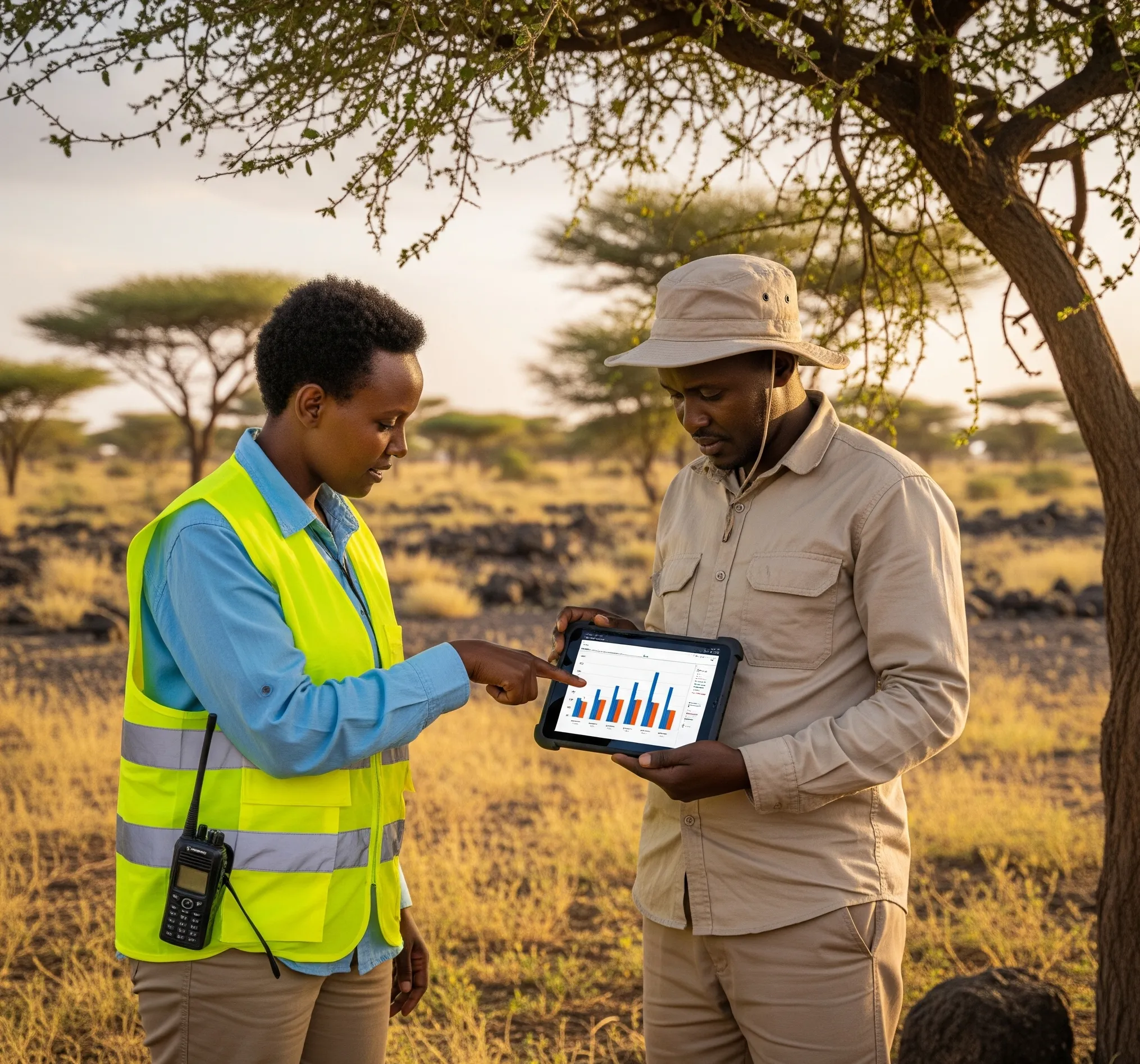From Data to Decision - Actionable Monitoring Insights
Published on: Sat Oct 12 2024 by Ivar Strand
From Data to Decision: Delivering Actionable Monitoring Insights
A common failure mode in programme management is the disconnect between monitoring efforts and management action. Project teams often find themselves in possession of lengthy, data-rich reports that are technically accurate but functionally inert. They arrive too late, their key findings are buried in dense prose, and their contents are misaligned with the immediate operational choices that managers must make. The result is a monitoring exercise that serves as an archive rather than a management tool.
The central challenge is to bridge this gap between data collection and decision-making. This requires a deliberate shift in focus: from producing comprehensive reports to delivering actionable insights. An insight is actionable when it reduces uncertainty and illuminates a clear path forward for a specific decision.
This paper outlines the core principles for designing monitoring outputs that are not just informative, but genuinely useful for driving effective project management.
Why Monitoring Reports Gather Dust
Inactionable reporting is typically a symptom of four underlying issues in the design and delivery of monitoring information:
- Irrelevance: The monitoring framework measures what is easy to count, not necessarily what is important for management to know. There is a mismatch between the data being collected and the critical decisions the project team faces.
- Latency: The reporting cycle is too slow. By the time a comprehensive report is compiled, reviewed, and delivered, the operational window to act on its findings has closed. The information is historical rather than predictive or diagnostic.
- Obscurity: Key insights are obscured by excessive detail. A hundred-page report may contain three critical findings, but they are lost within dozens of pages of descriptive text and complex tables, placing an undue burden of analysis on the manager.
- Lack of Context: Data is presented as raw numbers without the necessary context for interpretation. A finding that “Activity X is 70% complete” is not useful without knowing the target, the timeline, the previous period’s performance, or the specific bottlenecks impeding the remaining 30%.
Core Principles for Decision-Centric Monitoring
To overcome these challenges, the production of monitoring outputs must be treated as a discipline of communication and decision support, not just data aggregation.
- Begin with the Decision. The process should be reverse-engineered from the end-user’s needs. The first question to a project manager should always be: “What are the most important decisions you need to make over the next month or quarter?” The data collection, analysis, and reporting structure should be designed specifically to inform those answers.
- Prioritize Brevity and Hierarchy. All information is not created equal. Actionable reporting follows the principle of a pyramid: the most critical finding is presented first and upfront. A one-page executive summary or dashboard should convey the essential information, with more detailed annexes available for those who require them. The goal is to allow a manager to absorb the key takeaways in five minutes or less.
- Translate Data into Implications. A monitor’s responsibility extends beyond presenting data; it includes interpreting it. An observation is a simple statement of fact (e.g., “7 of 10 distribution sites are operational”). An insight connects that observation to a consequence and a potential action (e.g., “The three non-operational sites are all in Region Y, where recent flooding has washed out key access roads. Recommendation: A-Team to assess alternative routes or delivery modalities for this region.”).
- Visualize for Clarity, Not Decoration. The human brain processes visual information far more efficiently than text. Well-designed maps, charts, and graphs are not decorative elements; they are tools for cognitive efficiency. They should be used to reveal trends, highlight outliers, and compare performance in a way that is immediately understandable.
The Actionable Reporting Toolkit
Putting these principles into practice involves using a range of fit-for-purpose reporting tools, rather than relying on a single, monolithic report.
- The Flash Report: A brief, highly-focused report (often a single page or email) issued within 24-48 hours of a key finding. It is used to alert management to an urgent issue that requires immediate attention.
- The Management Dashboard: A live or regularly updated visual display of a limited number of Key Performance Indicators (KPIs). At Abyrint, we work with partners to design dashboards that track leading indicators (which predict future outcomes) rather than just lagging ones (which report past results), providing a forward-looking management tool.
- The Quarterly Review Deck: A presentation-formatted report, designed to structure a discussion rather than be read in solitude. Each slide typically presents a key insight, the supporting data visualization, and a set of recommendations or questions for discussion.
Exhibit A: From a Data Table to an Actionable Insight
(A conceptual “before and after” example is described.)
- Before: A dense table showing 15 performance indicators for 20 different field sites, requiring the reader to manually compare and calculate performance.
- After: A single slide featuring a map that uses colour-coding to show the five worst-performing sites. Below the map is a simple bar chart comparing their performance to the project average, and a text box that reads: “Finding: Five sites, all in the Eastern province, account for 75% of the programme’s current shortfall. Recommendation: Prioritise these five sites for supervisory field visits in the next two weeks to diagnose and resolve bottlenecks.”
Closing the Loop Between Insight and Action
The ultimate measure of a monitoring system’s value is not the volume or technical elegance of the data it produces, but the quality and frequency of the decisions it informs. By designing monitoring outputs with a relentless focus on the end-user’s needs, we can close the loop between data collection and meaningful action. This transforms monitoring from a retrospective compliance exercise into a vital, forward-looking driver of programme effectiveness.



